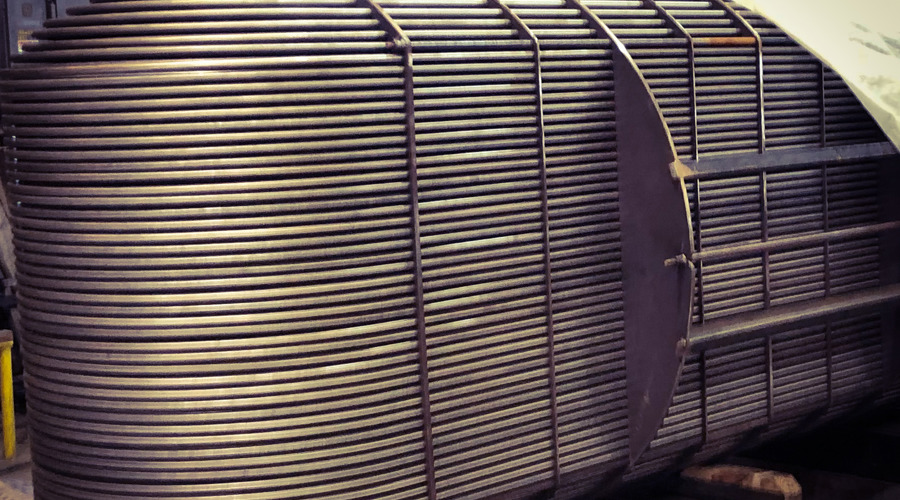Ferritic stainless steels have useful properties – a lower rate of thermal expansion, higher thermal conductivity, strong ferromagnetism and very high resistance to chloride stress corrosion cracking (SCC).
The ferritic family ranges from 409 with a minimum chromium content of 10.5% to the super ferritic alloys with pitting corrosion resistance comparable to the 6% Mo austenitic alloys.
Ferritic stainless alloys contain either no nickel or very small amounts, so the cost of the alloying elements used is lower. Despite this advantage, growth of the ferritic family over the last 10 years has been lower than the growth of the 300 series austenitics. Why is that?



